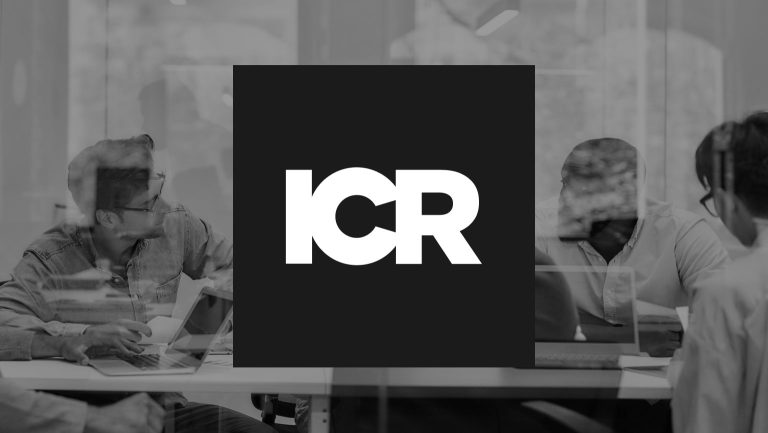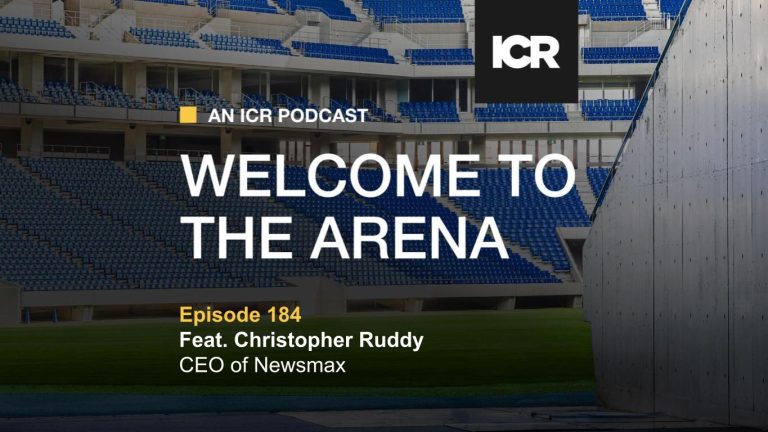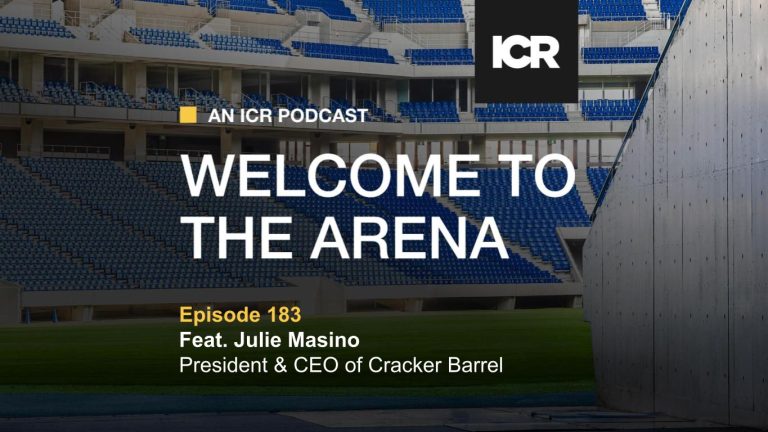As any banker involved with convertible debt offerings will readily tell you, after a number of lackluster years, the convertible debt market is now going through a renaissance. They would be right — last year, issuance in the U.S. was $114 billion, up more than 150% compared to the prior 5 years’ average of $44 billion. This year, the convertible market continues to be humming with another potential $100 billion in deals.
The increase in issuance is driven by several factors — COVID brought non-traditional convertible note issuers to the market, attractive valuations have meant that a company can issue a convertible bond and call spread with low-to-no coupon and no dilution until stock doubles from today’s levels, and positive accounting changes have encouraged many others to consider convertible securities. With increased size and breadth of deals, more investors are entering the fray, including some traditional equity and credit funds. To complete the virtuous cycle, convertible debt offerings were the best performing major asset class in 2020, generating more than a 50% return.
Demand from investors and historically low interest rates have also made terms really attractive for convertible notes — since 2020, more than 60 deals had a 0% coupon, a record. Separately, 35+ deals had a 50%+ conversion premium, historically thought to be a high-water mark for any convertible bond deal. In addition, the majority of convertible debt issuers bought a call spread — an insurance policy that protects companies from dilution — from banks to increase the effective conversion premium of the securities to as much as 100-150 %.
In addition to the attractive terms, one of the benefits of convertibles is how quickly an issuer can execute a financing. From beginning to end, an issuer can access the convertible bond market and raise capital in 2-3 weeks. However, to move quickly at any given point and execute a deal in an optimal way, issuers should socialize the convertible debt idea internally and ensure they are fully up to speed on a number of key decision parameters.
As a leading advisor to companies considering capital markets transactions, including convertible debt offerings, we have created the following list of seven key items that companies should carefully consider ahead of time to ensure they are ready to access the convertible debt market and achieve a great deal.
1. Know your key objectives when selecting the convertible bank group / syndicate
- Most clients have a few key deal objectives (e.g., receive a great deal outcome, obtain research coverage and/or credit line, improve bank relationships, etc.) and have a finite amount of “rewards” to hand out in return (e.g., fee, league table credit, and bragging rights).
- You should choose the lead bank / active bookrunners based on execution quality, but the rest of the syndicate, as well as fee structure (both fee and economics), should be based on your specific objectives.
- Based on your objectives, we can help you craft a fee / syndicate proposal– we recommend clients to be a “price maker” and offer the proposal to banks instead of being a “price taker” from banks.
2. Know that what matters in a convertible bond offering is final pricing, not the initial price talk range
- Convertible note offerings are often launched with a 0.5% coupon range and a 5% conversion premium range (known as the initial “price talk”), with the final pricing based on actual investor demand after one day of marketing.
- In the process of competing to win a deal mandate, banks may show unreasonably aggressive price talks in an effort to stand out.
- So, buyers beware — if those early price talk numbers seem too good to be true, they probably are. Unless you receive an explicit backstop from a bank, these terms will change by the time you are ready to launch a deal. Worse yet, an incorrect price talk will cause the deal to perform poorly.
- Ultimately, a great pricing outcome depends on understanding the equity and credit stories and market conditions, using a credible price talk, building a large order book marketing the said equity and credit theses, and then ensuring the banks actually offer the best deal terms possible based on available demand.
3. Understand why stock price goes down during a convertible debt offering and what you can do to mitigate the impact
- The most overlooked negative of a convertible debt offering is the stock price impact on the day of the offering caused by hedge fund shorting.
- On deal day, you will have limited say on changing the order book — you can properly encourage allocation to high-quality investors and not just to a bank’s biggest Sales & Trading clients only if you have thoughtfully structured the deal and syndicate structure ahead of time.
4. Know if you are going to use a “call spread,” and if so, what type of call spread
- There are three primary varieties of call spreads, and they provide different tax benefits, accounting treatment, and unwind flexibility.
- Choosing the right call spread structure ahead of time will streamline the documentation process and will provide significant flexibility down the road.
- If you are going to use a call spread, consider bidding it out to a broad group of banks. An advisor can help you save 100-150bps by conducting this process but make sure that the advisor indeed has deep experience with bids. Some banks may offer to run the process for free, but the difference between the right process and the wrong process could cost millions through higher call spread cost. Lack of experience with the bidding process can also cause delays during a tight schedule and result in complications with the convertible bond allocation.
5. Have a view on the preferred convertible debt settlement method so that you can fast track the convertible documentation if needed
- Settlement method drives both convertible documentation and accounting treatment, so learn about various settlement methods and nuances, as well as the relevant accounting treatments ahead of time.
- If you know your preferred settlement method and call spread structure, at any given point, you can execute a convertible note offering in as little as 1-2 weeks.
6. Socialize the idea of a convertible debt offering with key board members ahead of time
- By speaking with board members individually, you can address any concerns ahead of time.
- As a result, the official board meeting to consider the transaction will go more smoothly.
7. Utilize an advisor and bring them under the tent early
- Using a capital markets advisor on convertible debt deals is increasingly the recognized norm, with 50% of deals in 2021 having an advisor, up from 20% just two years ago.
- Pick a truly unbiased, independent advisor with years of convertible debt experience and not just general banking experience. Unlike other products, the convertible note market is opaque and nothing substitutes having seen it all.
- Consult your advisors early — if advisors are brought in late, they may have to re-work the document and structure to get you issuer-friendly provisions, creating more work for everyone involved.
Have more questions about whether a convertible note is right for you? ICR’s advisory team includes highly experienced ex-convertible bankers and lawyers who are on your team and who report to you – our goal is to help you get the best deal possible easily and efficiently. Learn more.



